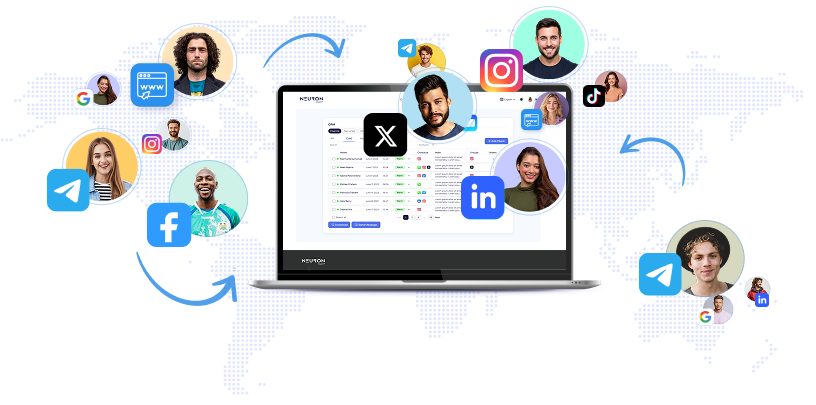
Large language models (LLMs) like ChatGPT and Claude have become widely recognized worldwide, sparking concerns about their potential to replace jobs. Ironically, these advanced systems struggle with basic tasks, such as counting the “r”s in “strawberry, ” as well as other letters in words like “mammal” and “hippopotamus. ” This article will explore the reasons behind these issues and offer a simple solution. LLMs are sophisticated AI systems trained on extensive text data, enabling them to understand and generate human-like language. They excel at various language tasks, including question answering, translation, summarization, and creative writing; however, they don’t “think” like humans. Rather than processing information intuitively, they tokenize input text into numerical representations, breaking it down into manageable parts for prediction tasks. For instance, in analyzing “hippopotamus, ” an LLM recognizes tokens like “hip” and “pop, ” rather than identifying individual letters directly. Current transformer-based architectures lack the capability to examine individual letters without tokenization, making it difficult for them to accurately count characters. Additionally, LLMs generate output by predicting the following word based on prior tokens, which is less effective for straightforward tasks like counting letters. A practical workaround exists: LLMs can effectively handle structured text, such as programming code.
By asking the model to use a programming language—like Python—to count letters, it can deliver accurate results. When tasks involve counting or logic-based reasoning, prompts can be designed to specify programming language use for better outcomes. In summary, a simple experiment in counting letters highlights a key limitation of LLMs like ChatGPT and Claude: while they are proficient at generating text and coding, they lack human-like reasoning. This reinforces their nature as pattern-matching algorithms rather than true intelligence. Understanding the types of prompts that yield effective results can help mitigate these challenges. As AI continues to integrate into daily life, recognizing its limitations is essential for responsible use and managing expectations.
Understanding Why LLMs Struggle with Basic Tasks Despite Advanced Capabilities


AI Generated Content (AIGC) Market Summary AIGC technologies optimize production workflows, enabling enterprises to deliver content faster while maintaining brand consistency amid evolving market demands

Mike Crosby of Circana highlights the channel’s agility in quickly spotting opportunities to grow business, noting an acceleration already underway.

Asking Google’s AI video tool to create a film about a time-traveling doctor flying around in a blue British phone booth unsurprisingly yields a result resembling Doctor Who.

In today’s rapidly evolving digital environment, businesses face growing challenges to maintain online visibility and competitiveness.

Google has launched Veo 3.1, the latest version of its advanced AI-driven video generator, marking a major advance in AI-based content creation.

SOMONITOR is an innovative explainable AI framework designed to boost the efficiency and effectiveness of marketing strategies by combining human intuition with advanced artificial intelligence capabilities.

During the 2024 holiday season, the adoption of AI-powered chatbots significantly improved the online shopping experience for U.S. consumers, driving a notable increase in sales.
Automate Marketing, Sales, SMM & SEO

and get clients on autopilot — from social media and search engines. No ads needed
and get clients today